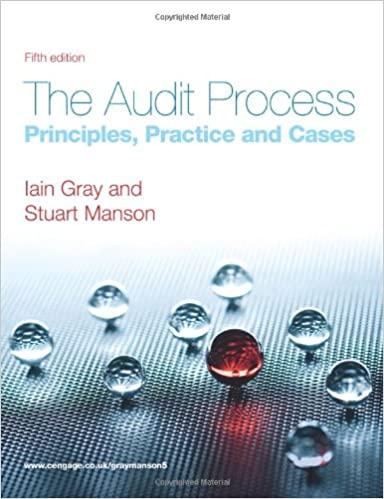

Asset acquisition vs. stock acquisition (fair value differs from book value) The following financial statement information is for an investor company and an investee company on January 1, 2019. On January 1, 2019, the investor company's common stock had a traded market value of $35 per share, and the investee company's common stock had a traded market value of $31 per share. es no ind dan gay cup lo 1.2 Book Values Fair Values Investor Investee Investor Investee Receivables & inventories Land .... Property & equipment. Trademarks & patents Total assets. $120,000 240,000 270,000 $ 60,000 120,000 120,000 $108,000 360,000 300,000 180,000 $ 54,000 180,000 156,000 96,000 $486,000 $630,000 $300,000 $948,000 $216,000 $114,000 Liabilities. Common stock ($1 par) Additional paid-in capital. Retained earnings Total liabilities & equity. $180,000 24,000 336,000 90,000 $630,000 $ 96,000 12,000 180,000 12,000 $300,000 Net assets. $450,000 $204,000 $732,000 $372,000 a. Parts a. and b. are independent of each other. Assume the investor company issued 11,400 new shares of the investor company's common stock in exchange for all of the individually identifiable assets and liabilities of the investee company. The financial information presented, above, was prepared immediately before this transaction. Provide the Investor Company's balances (i.e., on the investor's books, before consolidation) for the following accounts immediately following the acquisition of the investee's net assets: Receivables & Inventories Investment in Investee Common Stock ($1 par) Land Goodwill Additional Paid-In Capital Property & Equipment Liabilities Retained Earnings Trademarks & Patents . 3. Assume the investor company issued 11,400 new shares of the investor company's common stock in exchange for all of the investee company's common stock. The financial information presented, above, was prepared immediately before this transaction. Provide the Investor Company's balances (i.e., on the investor's books, before consolidation) for the following accounts immediately following the acquisition of the investee's net assets: Receivables & Inventories Investment in Investee Common Stock ($1 par) Land Goodwill Additional Paid-In Capital Property & Equipment Liabilities Retained Earnings Trademarks & Patents . Asset acquisition vs. stock acquisition (fair value differs from book value) The following financial statement information is for an investor company and an investee company on January 1, 2019. On January 1, 2019, the investor company's common stock had a traded market value of $35 per share, and the investee company's common stock had a traded market value of $31 per share. es no ind dan gay cup lo 1.2 Book Values Fair Values Investor Investee Investor Investee Receivables & inventories Land .... Property & equipment. Trademarks & patents Total assets. $120,000 240,000 270,000 $ 60,000 120,000 120,000 $108,000 360,000 300,000 180,000 $ 54,000 180,000 156,000 96,000 $486,000 $630,000 $300,000 $948,000 $216,000 $114,000 Liabilities. Common stock ($1 par) Additional paid-in capital. Retained earnings Total liabilities & equity. $180,000 24,000 336,000 90,000 $630,000 $ 96,000 12,000 180,000 12,000 $300,000 Net assets. $450,000 $204,000 $732,000 $372,000 a. Parts a. and b. are independent of each other. Assume the investor company issued 11,400 new shares of the investor company's common stock in exchange for all of the individually identifiable assets and liabilities of the investee company. The financial information presented, above, was prepared immediately before this transaction. Provide the Investor Company's balances (i.e., on the investor's books, before consolidation) for the following accounts immediately following the acquisition of the investee's net assets: Receivables & Inventories Investment in Investee Common Stock ($1 par) Land Goodwill Additional Paid-In Capital Property & Equipment Liabilities Retained Earnings Trademarks & Patents . 3. Assume the investor company issued 11,400 new shares of the investor company's common stock in exchange for all of the investee company's common stock. The financial information presented, above, was prepared immediately before this transaction. Provide the Investor Company's balances (i.e., on the investor's books, before consolidation) for the following accounts immediately following the acquisition of the investee's net assets: Receivables & Inventories Investment in Investee Common Stock ($1 par) Land Goodwill Additional Paid-In Capital Property & Equipment Liabilities Retained Earnings Trademarks & Patents








